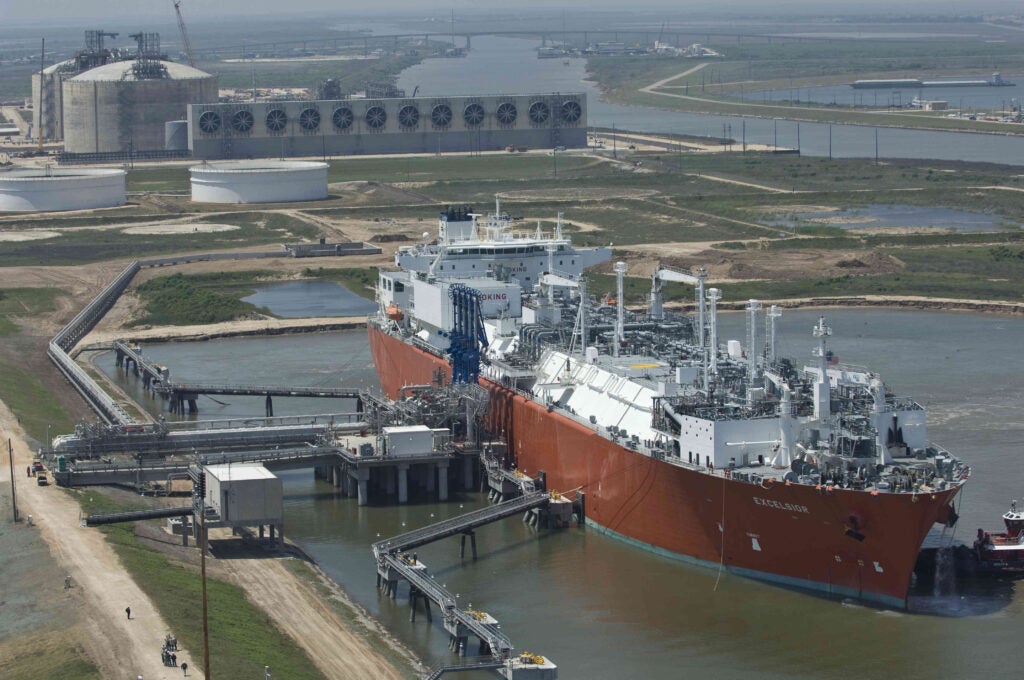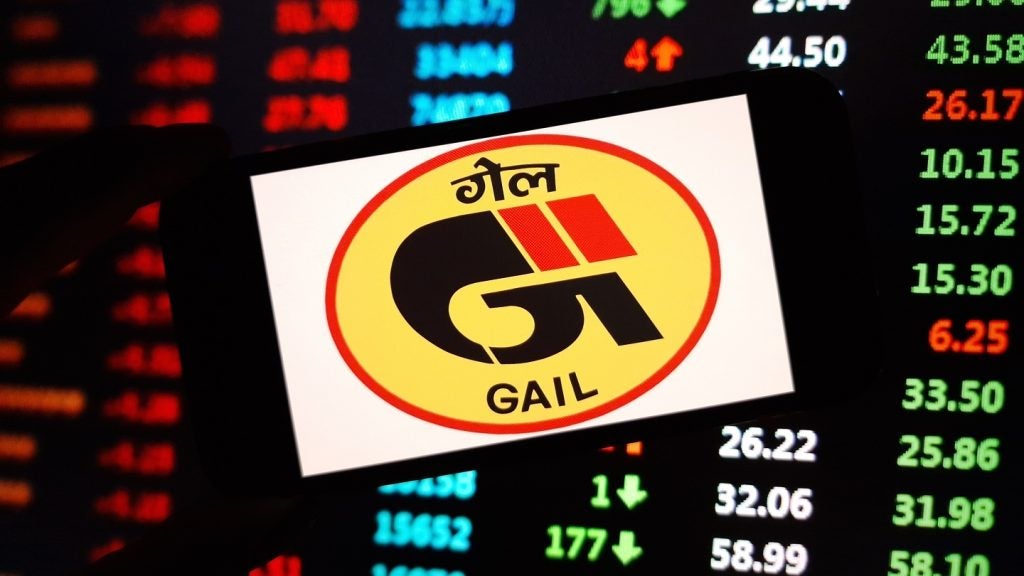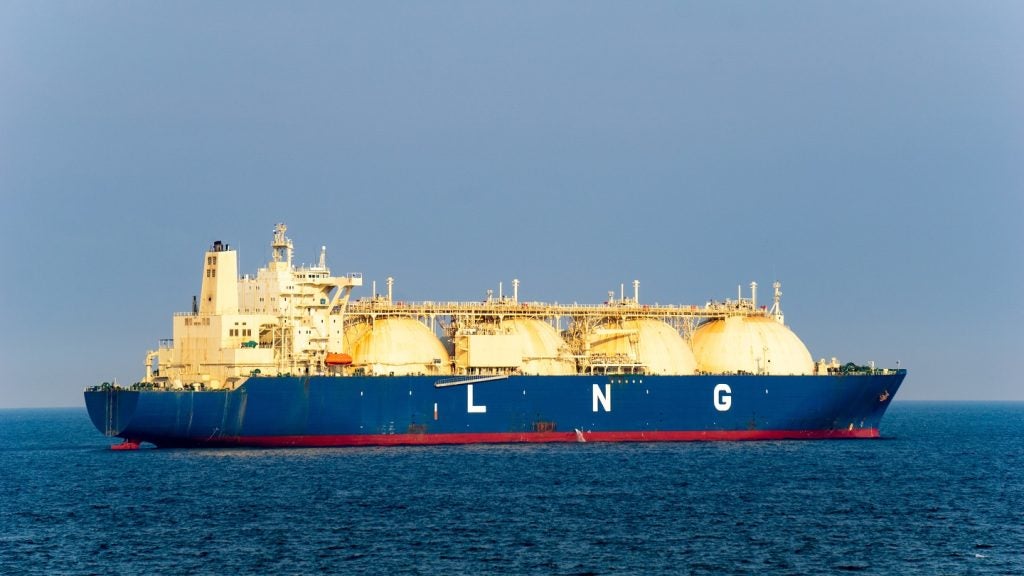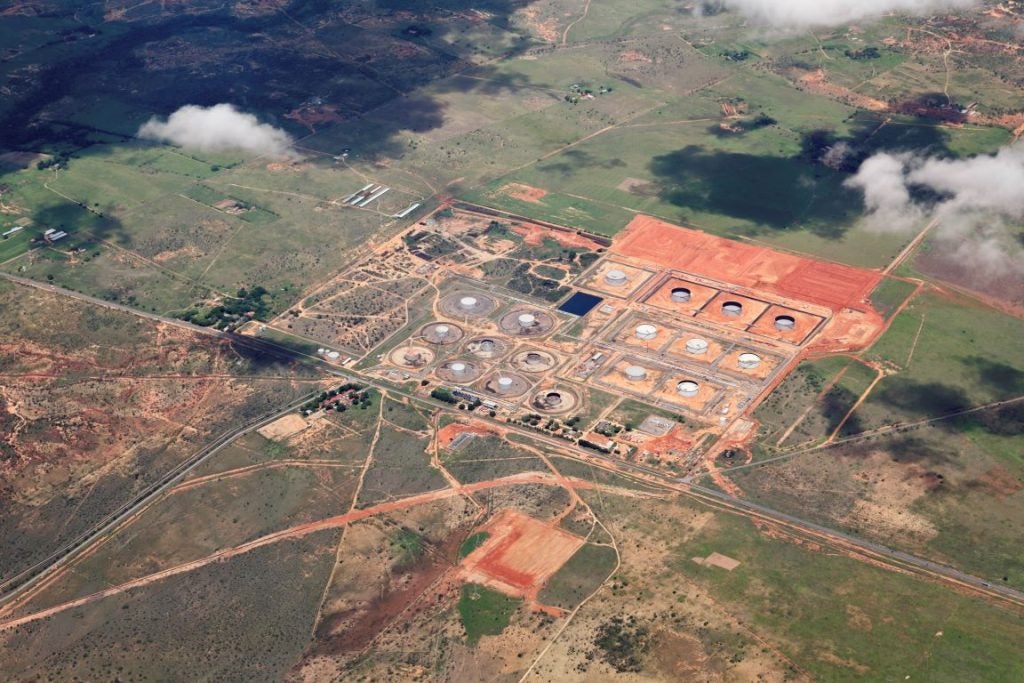Located in Louisiana, the US, the Cameron Export LNG liquefaction terminal is operated by Cameron LNG. According to GlobalData, who tracks more than 1,100 active and developing LNG terminals worldwide, the terminal started operations in 2019 and is owned by Sempra, TotalEnergies, Mitsui, Mitsubishi, and Nippon Yusen Kabushiki Kaisha. Buy the profile here.
The Cameron II LNG Liquefaction terminal receives feed gas from Barnett, Haynesville and Eagle Ford shale.
With three trains, the Cameron Export terminal has an LNG production capacity of 13.5Mtpa (million tons per annum), which is expected to increase to 20.3Mtpa by 2030.
Approximately 23.63% of the installed capacity is committed through long-term contracts, which amounts equates to 3.19Mtpa.
See Also:
Cameron Export liquefaction plant is undergoing expansion, which will increase the capacity of the facility by 6.8Mtpa.
Contractors involved in the liquefaction plant
Some of the key contractors for the upcoming expansion at the Cameron Export LNG liquefaction plant include the following.
Design/FEED: Bechtel Energy, JGC Holdings, Zachry Industrial.
About Cameron LNG
Cameron LNG LLC (Cameron LNG) develops liquefied natural gas (LNG) export facility. The company offers natural gas liquefaction and regasification services. Cameron LNG’s liquefaction facility is located outside of the southwest Louisiana town of Hackberry along the boundary between Calcasieu and Cameron Parish. Cameron LNG also has liquefaction trains for processing and uses ships for supplying its products across the world. In addition, the company develops regasification facility to market the LNG supplies on Calcasieu ship channel. It works in partnership with Sempra LNG, Mitsubishi Corporation, Mitsui and Co., NYK Line and TotalEnergies companies. Cameron LNG is headquartered in Houston, Texas, the US.
For more details on the Cameron Export LNG liquefaction terminal, buy the profile here.
Premium Insights
From

The gold standard of business intelligence.
Blending expert knowledge with cutting-edge technology, GlobalData’s unrivalled proprietary data will enable you to decode what’s happening in your market. You can make better informed decisions and gain a future-proof advantage over your competitors.







